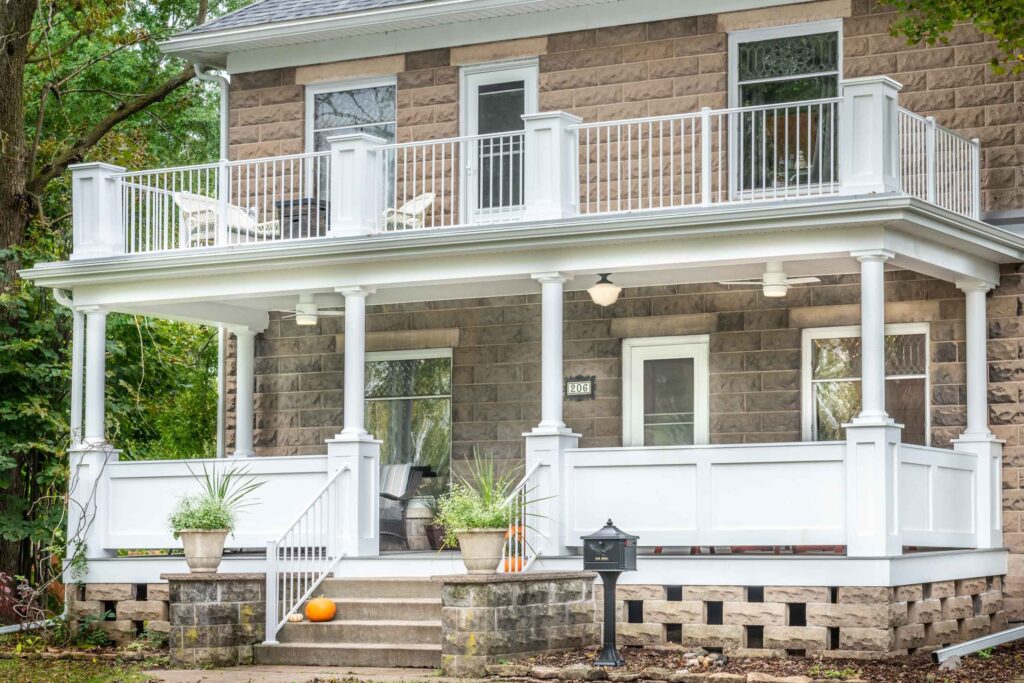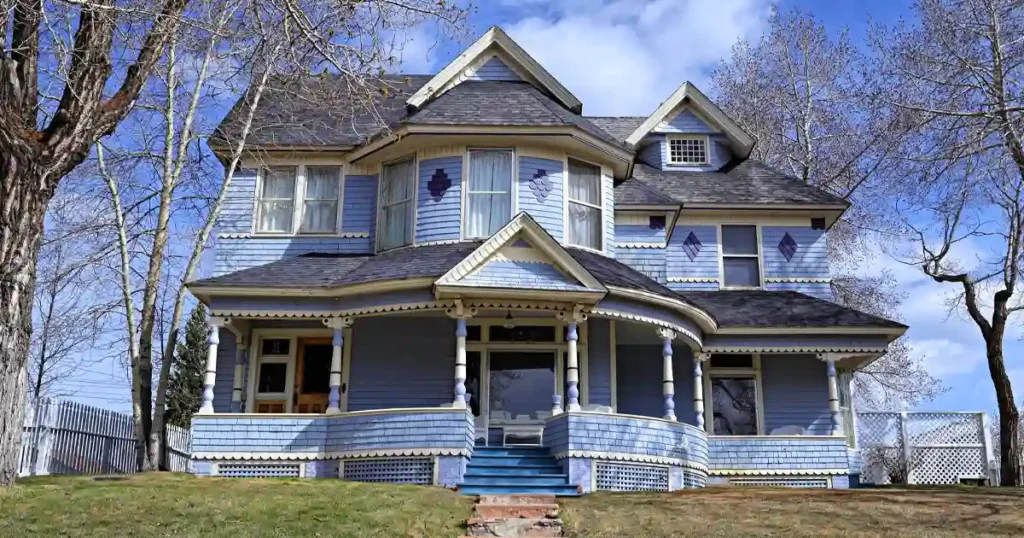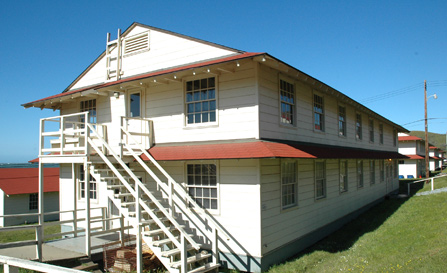Introduction to 1920s Front Porch Remodel

Your front porch is one of the first things people notice about your home. Back in the 1920s, porches were much more than just a place to enter your house. They were spots to gather, chat with neighbors, or enjoy a cool evening breeze. The mix of beauty and usefulness made 1920s porches truly special.
Today, remodeling your 1920s-style porch can bring back that old-world charm. It can make your home more welcoming, boost its curb appeal, and even add to its value. Often, people remember the porch before they notice anything else to DIY Porch Repair Guide.
In this guide, you will find simple, practical steps, design ideas, and tips to keep the vintage look while making your porch comfortable and modern. Whether your home is a Craftsman bungalow or Colonial Revival style, these ideas will help you create a porch that feels just right.
Historical & Architectural Context of 1920s Porches

To remodel a 1920s front porch the right way, it helps to understand what made those porches unique. Houses built in that era often had bold, clean lines, used natural materials, and made the porch a real outdoor living space. Porches weren’t just an add-on; they were part of the home’s character.
Craftsman, Colonial Revival, and Queen Anne Styles
Most 1920s porches follow one of three popular styles:
- Craftsman
These porches feature thick, square columns, low-pitched roofs, and visible rafters. Stone bases and tapered wood posts add a solid, homey feel. - Colonial Revival
These porches focus on balance and symmetry. They often have round or boxed columns, centered doors, and traditional rails. White trim and painted brick steps are common. - Queen Anne (Late Influence)
Though fading by the 1920s, some homes still showed touches like spindlework, decorative trim (often called gingerbread), and wraparound porches.
If you’re not sure which style fits your home, try looking at old photos or nearby houses from the same era.
Signature Features That Defined the Era
1920s porches were made for spending time outdoors with family and friends. Some classic features include:
- Deep overhangs for shade and shelter from rain
- Wide stairs leading up to roomy sitting areas
- Built-in benches or flower boxes
- Wood floors with slatted or plank designs
- Trim that matches the home’s overall woodwork
These features were not just for looks—they kept porches cool, comfortable, and balanced the home’s appearance from the street.
Planning Your Remodel Key Considerations
Good work starts with good planning. Before you pick up any tools, think about what you want your porch to look like and how you’ll use it. With 1920s porches, the goal is to keep things authentic while adding modern ease.
Preserve Original Architectural Details
If your porch still has original parts like columns, railings, or trim, keep them if you can. These details tell the story of your home.
- Check under paint or siding for hidden woodwork like spindles or trim
- Repair wood by sanding and sealing instead of replacing when possible
Keeping these details adds character and can even increase your home’s resale value.
Choose the Right Materials
Wood was king in the 1920s, so try to use it as much as possible. Pressure-treated wood works well for floors and stairs because it lasts longer and resists rot.
- Flooring: Tongue-and-groove wood boards were common and give a nice vintage look.
- Columns: Wood or fiberglass columns can match the old style but be strong enough to last.
If you use concrete for stairs, add brick or stone to keep that old-time look.
Match Roof and Columns to Era
Your porch roof should blend in with the house. Craftsman homes usually had low-pitched gable roofs, while Colonial Revival ones often had simple shed or hip roofs.
If you live in a warm, rainy place, you might consider a rain porch — a roof that extends far beyond the porch to keep it dry and cool.
Design Inspirations & Remodel Techniques
Once you have your plan, it’s time to make your porch beautiful and comfortable. Your porch should feel like part of your home, not something stuck on later.
Furniture & Décor That Fit the Era
Porches in the 1920s were like outdoor living rooms.
- Wicker furniture is light and airy, perfect for warm weather.
- Porch swings are a classic spot to relax.
- Lantern-style lights add a soft glow and charm in the evenings.
Mix old and new. For example, a vintage porch swing with new cushions looks great and feels comfortable.
Flooring Patterns & Finishes
Floors set the stage for your porch’s style.
- Use tongue-and-groove wood planks to keep the look authentic.
- Add geometric stencils or two-tone paint for a subtle vintage pattern.
- Oil-based paints or stains last longer and look like the old finishes.
Stick to muted colors like soft greens, warm browns, and earth tones, which were popular back then.
Color Palettes & Trim Details
Colors can make a big difference in historic remodels.
- Craftsman homes often used olive greens, deep browns, and cream trims.
- Colonial Revival homes favored whites or light beiges with darker shutters.
- Don’t forget small accents like painted spindles or detailed columns — they pull the whole look together.
Step-by-Step Remodel Process
A big remodel feels easier when broken down. Here’s how to update your porch step-by-step.
Assess and Repair What You Have
Start by checking your porch for damage.
- Look for rot, loose boards, and cracks.
- If the wood is solid, sanding and sealing might be enough.
- If parts are bad, replace them with wood that matches the original.
Take photos before you start taking things apart. They’ll help you keep track.
Frame and Reinforce
If your porch needs support work, do it now.
- Set posts deep in the ground so your porch stands strong.
- Make sure the roofline fits your home’s style.
- Use treated lumber for floor framing to avoid rot.
Install Flooring and Railings
Put down the floor first.
- Use tongue-and-groove wood boards for the classic 1920s look.
- Install railings with evenly spaced spindles — don’t skip this, it’s a key detail.
Add Columns and Roof Details
Columns are the centerpiece.
- Square Craftsman posts or round Colonial Revival columns need to be the right size.
- Add decorative brackets or exposed rafters if your home had them before.
Finish with Paint and Décor
Prime all wood before painting.
- Use two coats of exterior paint or stain to protect your porch.
- Once dry, add your furniture, lighting, and maybe a swing for a cozy feel.
Case Studies & Before/After Examples
Seeing examples makes ideas clearer.
Charlotte Covered Porch Rebuild
In Charlotte, a homeowner brought new life to their Craftsman porch. They used Brazilian hardwood for strength and beauty. Large square columns were rebuilt to match the original. The wide roof overhang gives great shade on hot days.
DIY Craftsman Bungalow Reveal
One family fixed up their bungalow porch on their own. They found hidden woodwork under layers of paint and carefully restored it. Using tongue-and-groove flooring and soft colors, they made a welcoming porch that feels like the 1920s.
Budgeting & Cost Considerations
Knowing the cost helps you plan better.
- Small porch remodels can range from $1,800 to $15,800 based on size and materials.
- Wood floors and columns cost more but add value and look right for the era.
- Pressure-treated wood or concrete stairs with vintage accents can save money.
- Labor costs vary by location; contractors who know historic homes may charge more but do better work.
- Don’t forget paint, sealants, and decor in your budget.
Maintenance Tips for Your 1920s Porch
Keep your porch looking good for years with simple care.
- Seal wood every 1-2 years to protect against water and rot.
- Make sure soil or mulch isn’t touching wood posts. Keep drainage clear.
- Fix paint chips yearly to avoid peeling, using oil-based paint.
- If your porch has a concrete base, make sure it’s well ventilated.
- Clean gutters and roof edges to prevent water damage.
Frequently Asked Questions (FAQs)
Q1: How do I restore original 1920s porch features?
Look for key details like spindle spacing and column shape. Clean or fix wood rather than replacing it when possible. Use paint colors that match the original style.
Q2: What materials work best for a 1920s porch remodel?
Wood is best for floors, railings, and columns. Pressure-treated wood lasts longer. Concrete stairs with brick or stone accents keep the vintage look too.
Q3: How much does a 1920s porch remodel cost?
Expect between $1,800 and $15,800 depending on size and materials. Detailed woodwork and columns add to the cost but increase value.
Q4: Can I add a rain porch or Carolina-style overhang?
Yes. Extending the roof 3 to 5 feet beyond the porch with freestanding posts creates classic rain porch style, common in the Southeast.
Q5: How do I maintain a historic porch?
Seal wood regularly, fix paint chips quickly, keep soil off wood posts, ensure good ventilation, and clean gutters to prevent damage.






